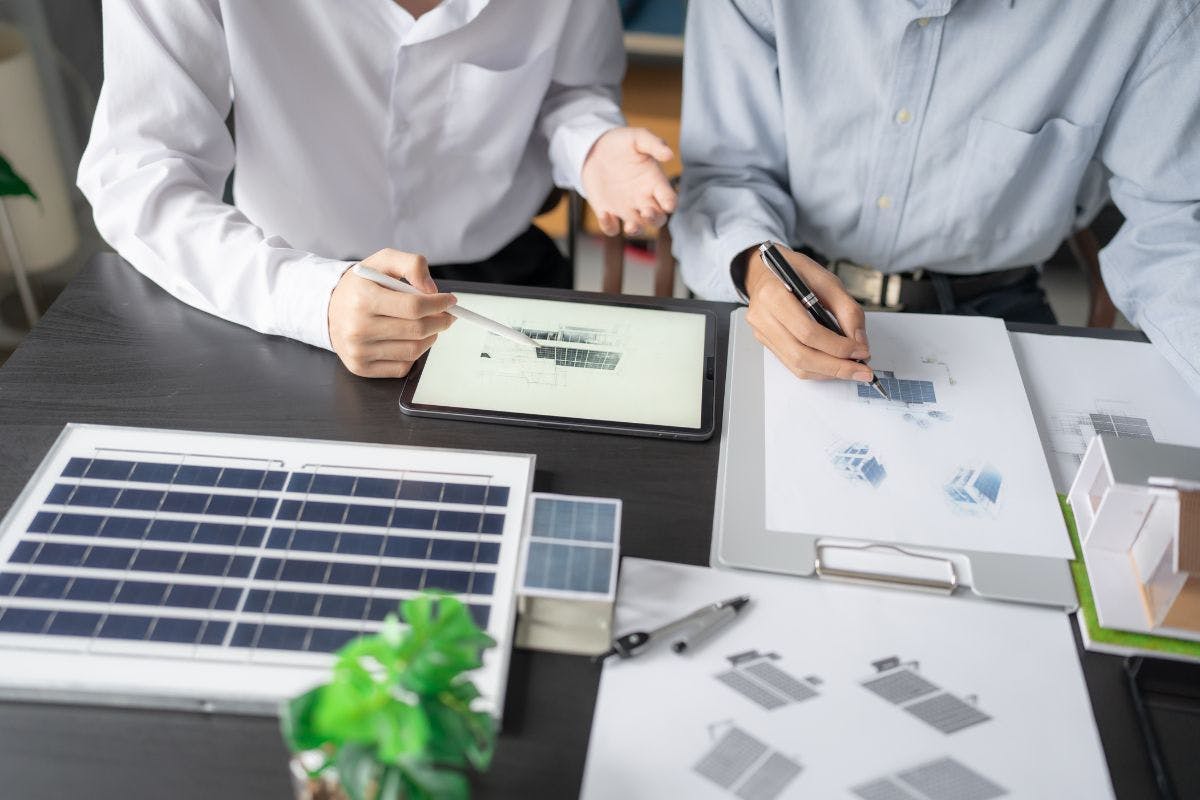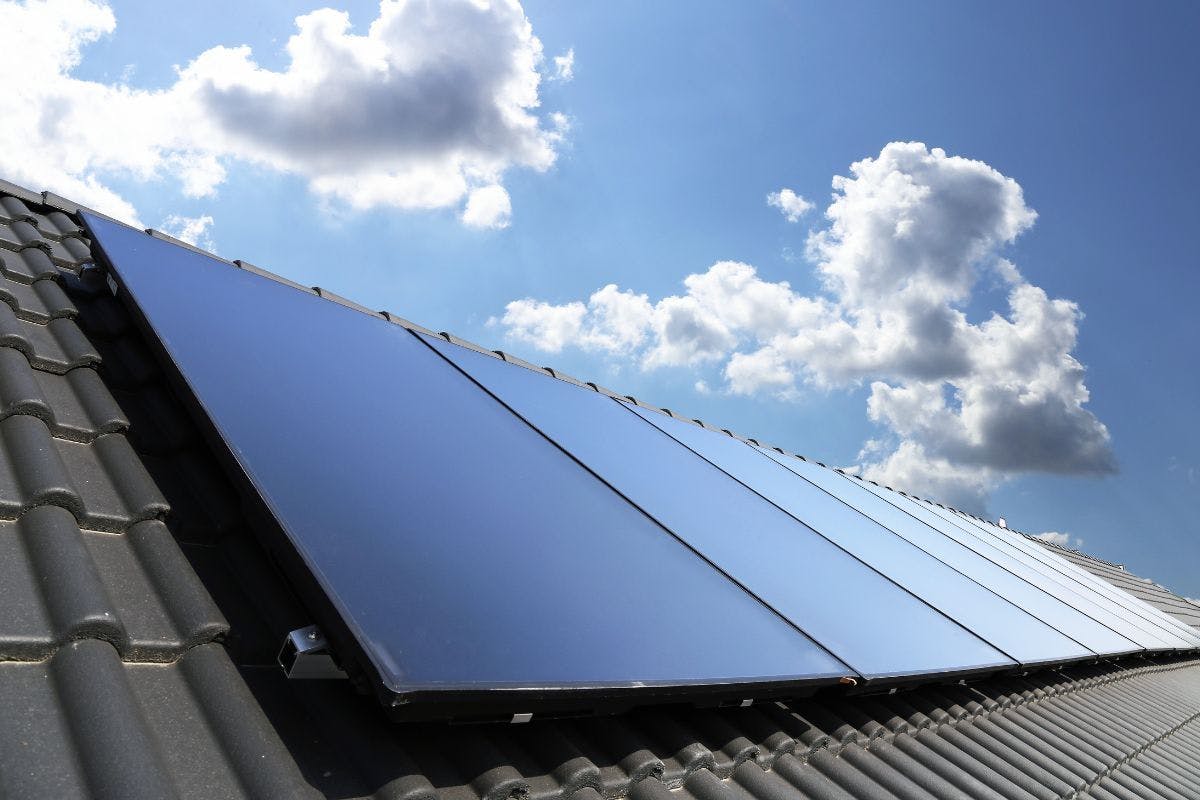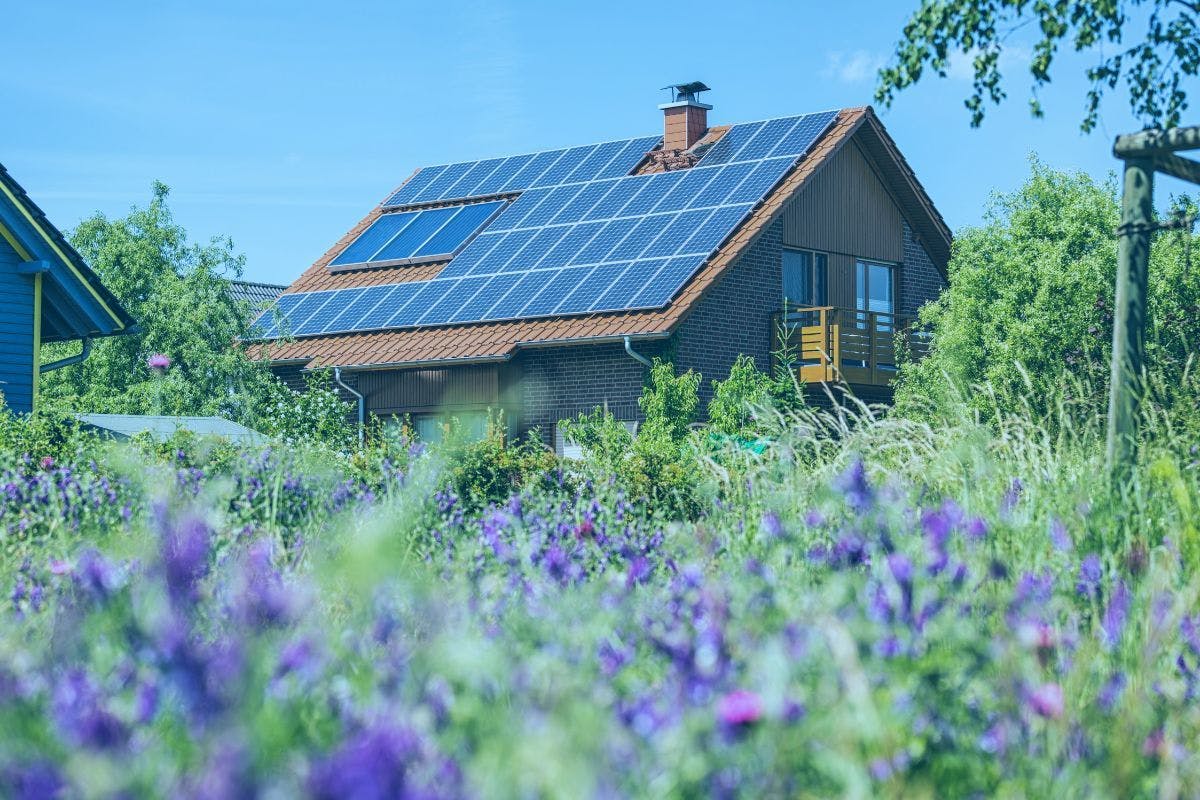Are You at an ‘Elevated Risk’ for Blackouts This Summer? How to Back Up Your Home
Last edited

Author
Andrew Blok
Electrification and Solar Writer and Editor

Editor
Andrew Giermak
Solar and Electrification Writer and Editor

The electric grid operates on balancing supply and demand, and when everyone cranks up their air conditioners in the summer, that balancing act gets trickier. If the demand for electricity stays below the supply of it, everyone’s happy. But if demand exceeds supply, you get blackouts and brownouts.
Each year, the North American Electric Reliability Corporation (NERC) publishes a report on the risk of blackouts heading into summer. This year it identified an ‘elevated risk’ of grid reliability issues in much of the Midwest down to Texas and in New England.
The risks aren’t as widespread or as high as in the same report in some recent years. (No region is listed as high risk.) But what does ‘elevated risk’ mean? And what can you do to lessen the disruption if blackouts occur?
Here’s what you need to know.
See how much you can save by going solar with Palmetto
Why Is There an Elevated Risk of Grid Unreliability?
According to NERC, an elevated risk of grid unreliability means electricity supply could fall short of demand in “above normal conditions” when demand is higher than normal or supply is lower than normal.
That’s opposed to a high risk, where shortfalls could happen during normal supply and demand scenarios.
Elevated risks can exist for several reasons. Higher temperatures can increase demand for electricity as more people are using air conditioning. Power plants can go offline for scheduled or unscheduled maintenance and reduce supply. Power plants can be retired.
One factor is electricity demand rising across the board.
“The aggregate of peak electricity demand for NERC’s 23 assessment areas has risen by over 10 GW—more than double the year-to-year increase that occurred between the summers of 2023 and 2024,” the report says.
Still, the risk has been higher in some places.
While much of Texas has an elevated risk of reliability issues, just like last summer, the risk is lower than in 2024. That decrease can be “attributed to a nearly doubling of battery energy storage capacity and improved energy availability from new battery storage and operational rules,” the report says.

Credit: NERC
How Do We Make the US Grid More Reliable?
You can balance supply and demand by reducing demand or increasing supply.
Thanks to the expected rise in electrification, electric vehicles, and, especially, artificial intelligence and data centers, demand is expected to rise faster than it has in decades. So we’ll have to look at supply.
Right now, the fastest way to increase the supply of electricity is to add solar and battery storage to the grid. In 2024, solar and batteries made up 84% of all new generation added to the grid. Solar on its own added more generating capacity to the grid in a year than any single technology in over two decades. In 2025, solar and storage are expected to make up 81% of new generation.
This is important momentum that needs to be sustained. While creative solutions around the coming wave of data centers are being developed, the best proven solutions for adding capacity to the grid in general are still solar and storage. To meet rising demand, the US needs every available electron.
What You Can Do About Blackouts at Home
An elevated risk as defined by NERC doesn’t mean blackouts are imminent. Elevated risks existed for much of the country in previous years like 2024, 2023, and 2022, when parts of the country were designated high risk.
But, if you’re concerned about blackouts, rooftop solar panels and backup battery storage can provide you with emergency power. How much of your home a battery can backup and for how long depends on what you choose to power. Paired with solar panels, a backup battery can recharge whenever the sun shines.
Batteries, compared to traditional backup generators, are quiet and don’t generate carbon monoxide. And, unlike generators, solar panels can save homeowners money, even when there isn’t a blackout, by reducing their energy bills.
To see what you can save with solar panels, and to explore your backup battery options, try Palmetto’s solar savings calculator or contact a solar expert today.


